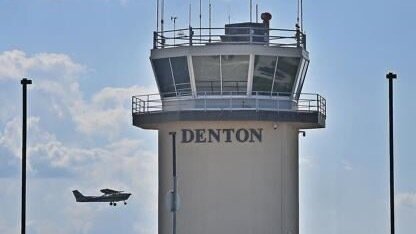I have no experience with this tower, its personnel, or its contract. But in general terms, I've worked with and around government contracts my whole life. Government contracts for services, especially like ATC, are weird things when it comes to performance. I assume they are fixed-price contracts, meaning that the contract company gets paid $X each year to provide ATC services, and how they do it is up to them, assuming they meet minimum standards specified in the contract.
Who is the customer of a contract ATC tower? We as pilots like to think that we are ATC's customers, but that's only true in the broadest sense of the word. More accurately, it's the organization that is paying the bills, in other words the FAA.
As long as a contract tower is being operated safely, it probably meets its contractual obligations to the FAA. The attitude, demeanor, or likeableness of the controllers is probably not specified in the contract as a performance metric. As long as airplanes are landing safely and the traffic volume is maintained, the contractor is probably meeting its contract. If the contractor is providing adequate services and getting paid, there's little incentive for the contractor to fire (and therefore have to subsequently replace) people. Add to that the reality that many contract towers aren't exactly overflowing with people (there are a lot fewer controllers working at a contract tower than you think - it's definitely single digits), and it becomes harder to fire someone without real cause, as everybody else's workload/hours will naturally have to increase to compensate (or operating hours reduced, which could mean not meeting the contract).
Notice I have used the word "probably" and similar a lot. Because again, I have no knowledge of the actual tower's situation. But I'm not sure what the legal remedy is in this case, if there even is one. Certainly the social media pressure has been intense recently, it will be interesting to see how things are handled.



